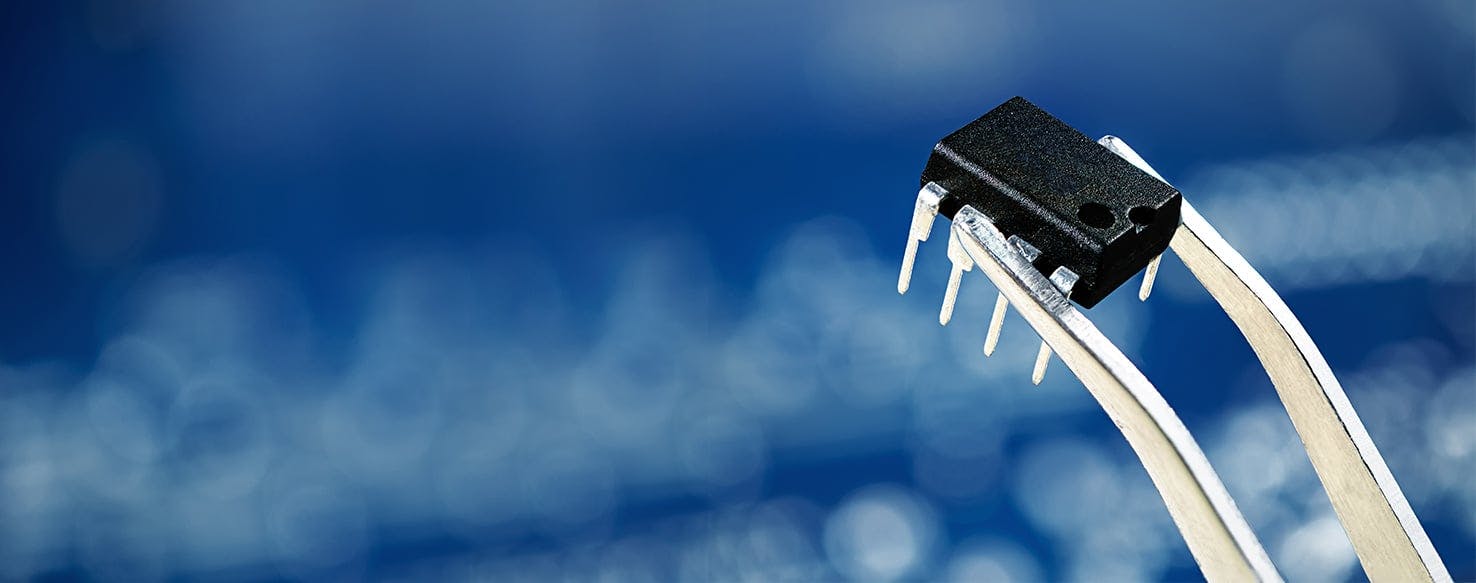
By Amy Caldwell
Published: 09/12/2017, edited: 08/10/2021
Save on pet insurance for your pet
You don't have to choose between your pet and your wallet when it comes to expensive vet visits. Prepare ahead of time for unexpected vet bills by finding the pawfect pet insurance.
If your dog is like most canines, they probably have a habit of disappearing when they catch the scent of who knows what. They may see another dog on the horizon and then be missing in action for the next half an hour. Fortunately, you can now get your dog microchipped to help keep track of them. A computer chip that is the size of a grain of rice, is usually inserted into the neck of your dog. If your dog is lost and later located, the chip is scanned, your personal details come up, and the identity of your dog confirmed.
However, as with all procedures involving a needle, there comes a risk. So this article will investigate any potential dangers and reach a conclusion on whether it’s safe to have your dog microchipped.
Cancer is a low-risk concern to be aware of
Most information found online sings the praises of microchipping and is adamant that it is a totally safe procedure. Yet recent reports from the British Small Animal Veterinary Association suggest it may not be quite so straightforward. Reports have identified a real and relatively undiscussed risk of cancer.
A number of dogs have reportedly developed aggressive tumor growths at the site of the microchip--some of whom have gone on to die. While it could be argued the chances of a tumor developing are extremely low, it remains a risk owners should be aware of before undertaking the procedure.
There are other health concerns
There are also other health risks associated with microchipping. One such risk is the problem of migrating microchips. Microchips can, on occasion, slide under the shoulder blades and even travel down to the belly. They will then likely need to be surgically removed. To help prevent this, have your vet scan the area straight after the microchipping procedure to ensure it is in the right place. Also, every week or so, feel for the microchip to make sure it is still in the desired location.
The other concern that remains relatively unknown, is that a number of dogs’ bodies have an adverse reaction to the microchip. Between 1996 and 2006, up to 10% of microchipped animals had some sort of unusual reaction. This ranged from an inflammatory response to the development of tumors. If your dog displays any signs of an adverse reaction, seek guidance from your local vet promptly.
Positives outweigh the risks
While we have seen that microchips can cause potential problems, it is worth highlighting that in the vast majority of cases, they are totally harmless. The microchips themselves are tiny. They can be injected into your dog’s skin in just a few seconds, and it is extremely unlikely your dog will ever encounter a problem as a result of them.
The procedure is so simple and safe, in fact, that even some dog groomers are able to offer the service. The risk of any health concerns remains extremely low, while the potential benefits are significant. Thousands of owners have been reunited with lost dogs as a result of microchips and for that reason alone, the tiny risk of tumors and adverse reactions do not outweigh the positives.
The microchipping conclusion
Microchipping is a procedure that makes identifying your lost dog quick and easy. It is a procedure that does come with some risks, which may be significantly underreported online and in books and magazines. There is a potential risk of cancer at the implant site, plus other minor adverse reactions. However, the chances of your dog developing any issues remain extremely low and the procedure is relatively safe. If you have any other concerns about microchipping, your local vet will be able to offer you guidance.
You may also like
